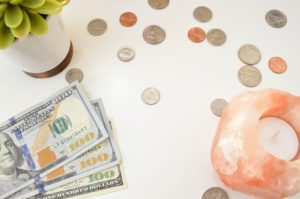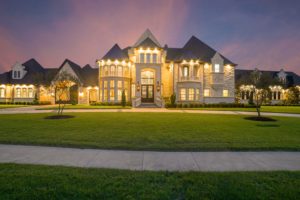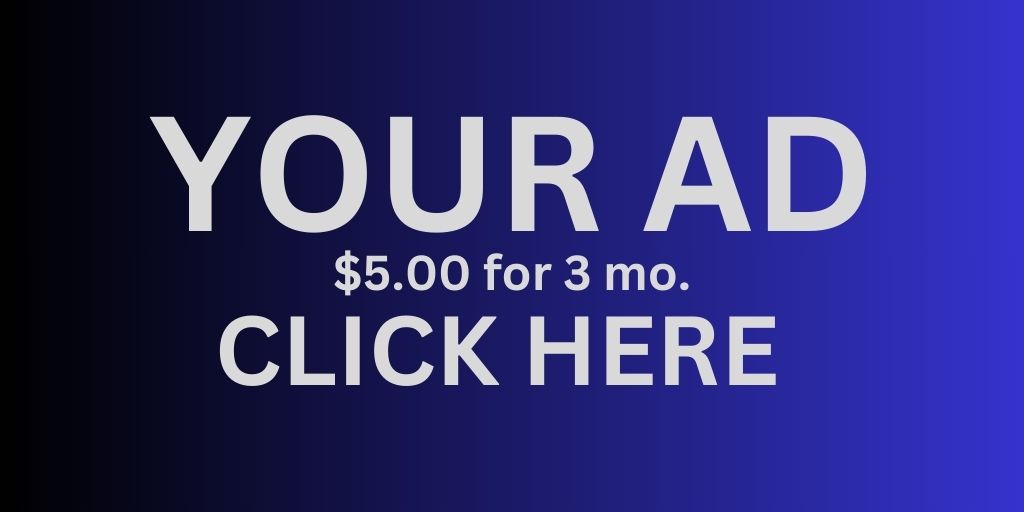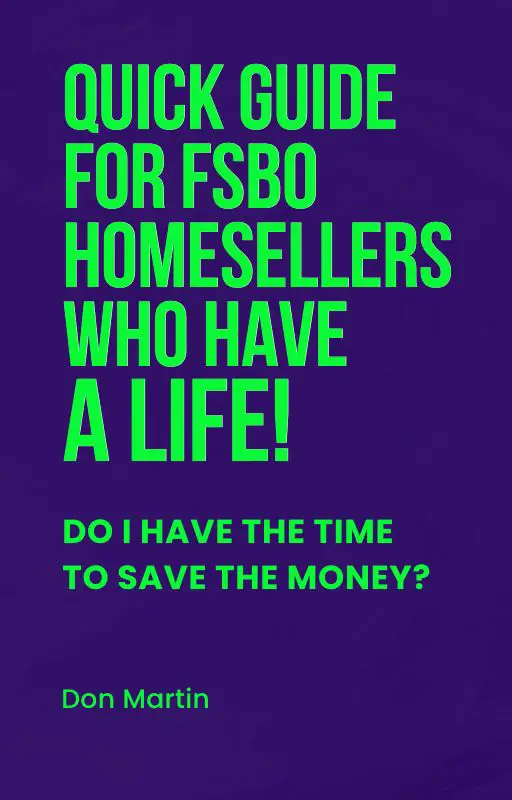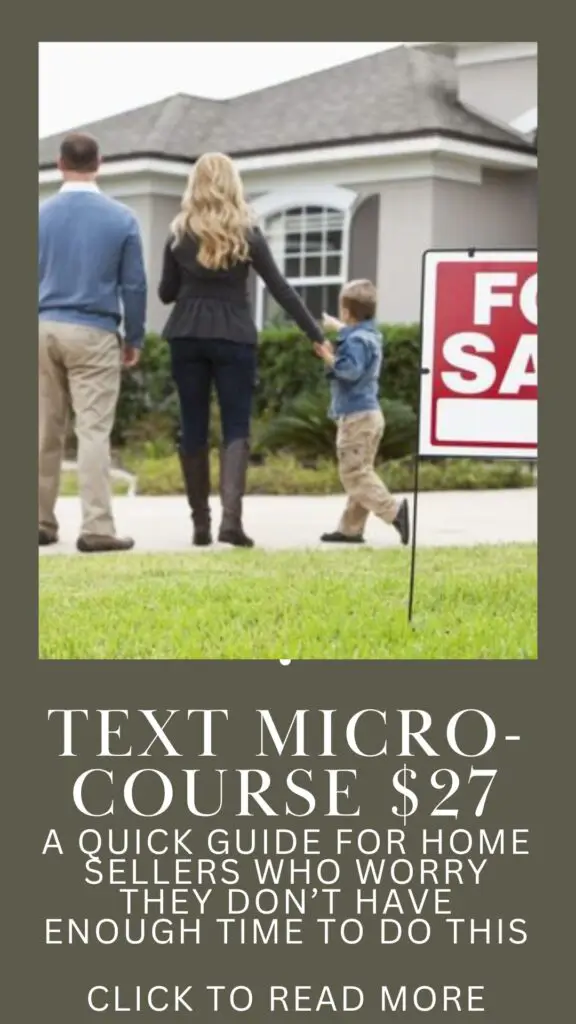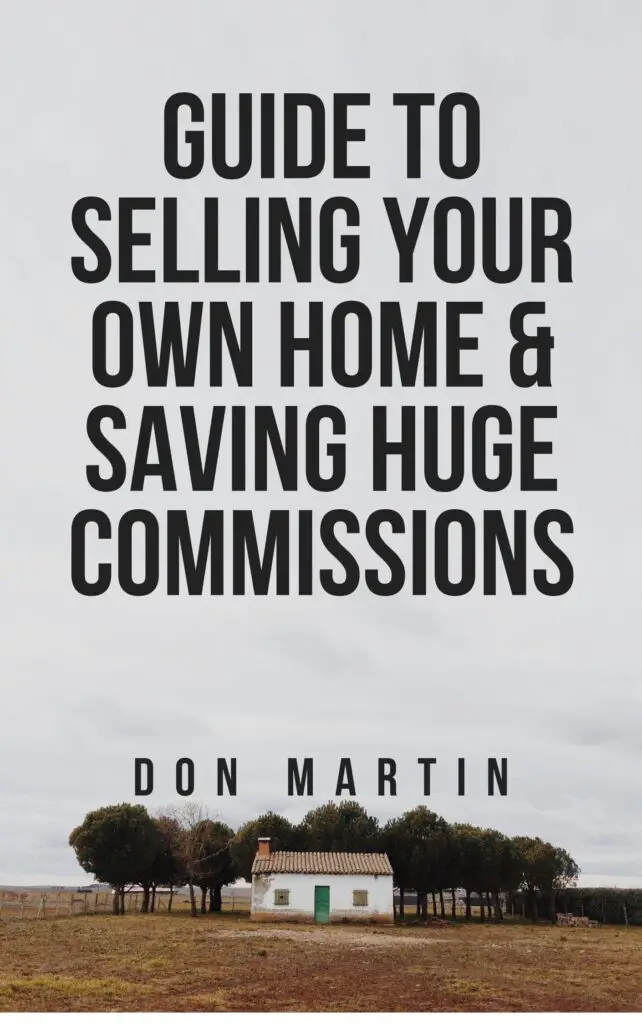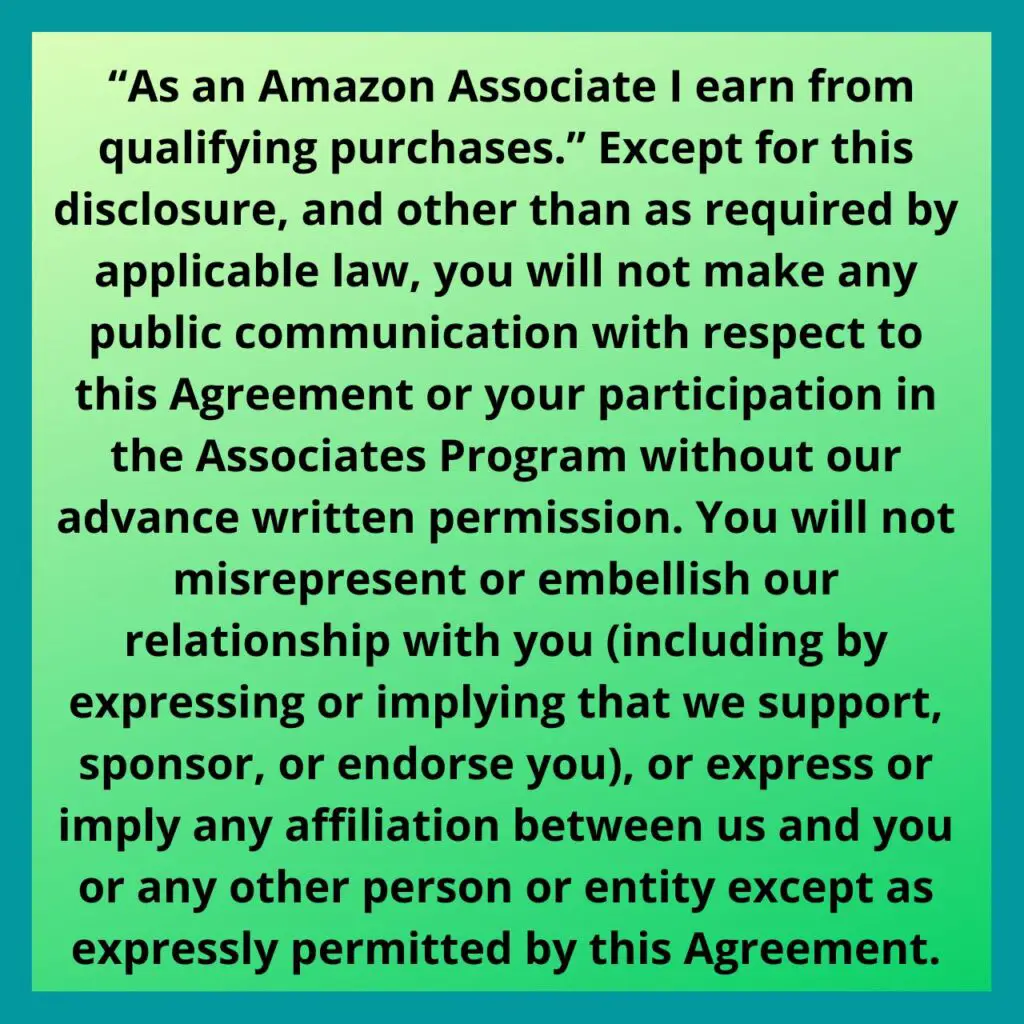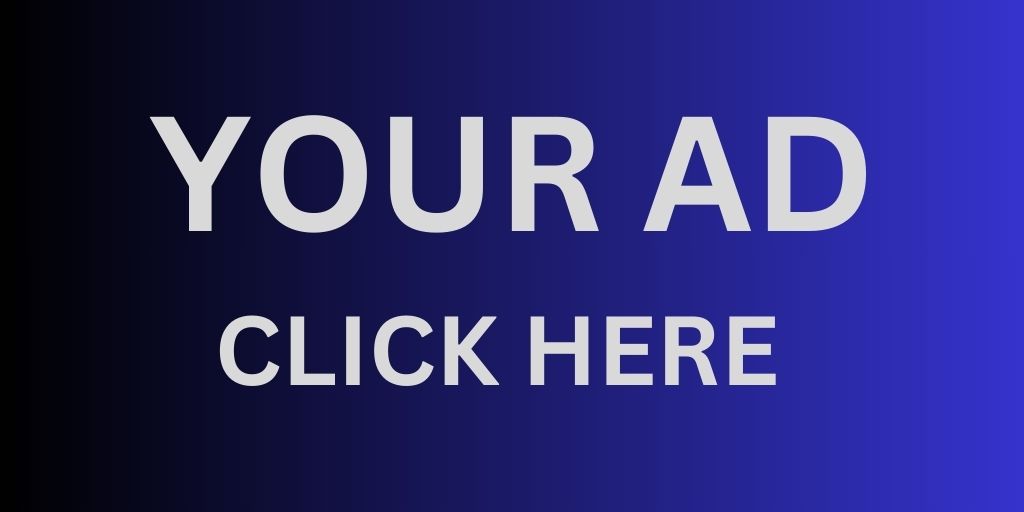Written by Don Martin. For his updates go here.
In Nashville, TN, right now, Zillow says the median list price of a house for sale here is $319,900, whereas the median sale price of a house is $271,900. Of course the values will change where you live, in fact, they change just down the street here. So we are just using that figure as an arbitrary point. Yours will vary, and you already have a pretty good idea how much, but some of these percentages won’t change for you. For the ease of math, we will round off sale prices in this article.
The cost of buying a home is on the rise. In the last 10 years alone, prices have increased in almost every major U.S. city. Becoming a homeowner is a huge financial undertaking, requiring far more than a simple down payment. So how do you determine exactly how much you need to save to be able to afford to buy a house?
First, start by figuring out where and how you want to live.
- Do I want to live in an urban or rural neighborhood?
- Do I want a standalone house or a condo?
- Do I care how long my commute is?
Next, figure out how much home you can afford, based on your current income, expenses and future goals. Keep in mind that just because you can afford a bigger space, doesn’t mean you need one. More space can mean higher real estate taxes.
Research the average price of a home in your dream neighborhood and take 20 percent of that number: that equals your hypothetical down payment. How many months would it take you to save up that amount? Although you do not have to put 20 percent down on a home, this will give you a framework to help you decide if it’s possible to own a home in that particular neighborhood.
Our FSBO & DIY real estate newsletter puts the best products, updates and advice in your inbox. Get it here- EASY MONTHLY NEWSLETTER
To truly afford a house, you need more than just a down payment. Ultimately, you’ll want to be able to comfortably cover six factors: the down payment, closing costs, moving expenses, repairs and maintenance, the first few months’ mortgage payments and your emergency fund.
Let’s look at what that includes:
Down payment
The down payment can range from 3.5 percent to 20 percent of the total cost of the home, depending on your credit score, mortgage interest rate, and current financial situation. Some recommend putting down closer to 20 percent because it gives you a bigger equity stake in the property right away.
Down Payment Requirements for Different Types of Loans
How much cash you will need to purchase a house is dependent on the loan program, purchase price range and your market area.
- Conventional financing – Needs a minimum down payment of 5% (varies on maximum loan size in your area)
- FHA financing — Needs a minimum down payment of 3.5%
- USDA financing — Needs no down payment
- VA financing — Needs no down payment
- Home Path Financing — Needs 3% down payment
How to Determine Your Costs
Let’s look at a hypothetical home priced at $500,000 for easy math. Given certain criteria, $27,500 is what it would take to close the deal. Here’s the math:
- $500,000 purchase price
- $10,000 closing costs (at 2-2.25% of the purchase price)
- $17,500 (a 3.5% FHA down payment)
Giving you a total cash payment of $27,500 needed.
Closing costs
Closing costs, including inspection fees, property taxes and prepaid interest, will typically tack 2-5 percent of the total cost of the home onto the final price. That can be broken down into the several exact components by an agent or lender, but the total will be about the same and that amount of detail is beyond the scope of this writing.
Mortgage payments
Will you be able to comfortably keep up with your mortgage in the first few months after purchase? Some lenders require additional cash reserves to prove that you’re able and will be able to make the payments. Even if it’s not required, it’s smart to know that you’re good. just in case something happens.
You should include taxes and insurance payments in this category as well.
The general recommendation is to spend no more than 28% of your gross monthly income on your mortgage payment. Learn precisely how to figure out what you can afford.
$6,256 x 0.28 = $1,752 (maximum total monthly mortgage payment)If you estimate property taxes for your area at around $5,000 and annual homeowner’s insurance at $950:$5,000 ÷ 12 (months) = $417 (monthly taxes)
$950 ÷ 12 (months) = $79 (monthly insurance)
$1,752 – $417 (taxes) – $79 (insurance) = $1,256 per month for principal and interest (mortgage payment)Assuming a 5% interest rate, you can estimate your mortgage payment to be $550 for every $100,000 you borrow.$1,256 ÷ $550 = 2.28
$100,000 x 2.28 = $228,000 mortgageThis will give you the total amount of house you can afford. If you can save 20% in this example, you could purchase a $275,000 home with a $55,000 down payment. You know whether that’s done or do-able.
Moving expenses
Don’t forget about the money it will take to make your new house a home. In addition to physically getting your stuff there, immediate expenses crop up. Do you need any new furniture to fill a larger space? Do you want to decorate as soon as you move in?
Unless your home is brand new, there could be things that you’ll need to upgrade or add. It’s human nature to want to make the home feel comfortable after they move in.
Repairs and maintenance
Chances are, your house won’t be perfect on move-in day. Whether it’s adding flooring or changing a wall color, you’ll want to have cash ready for “life.”
Going forward, homeowners need to pay for mortgage payments, insurance, utility bills and taxes, and also maintenance costs.
Plan to have a savings cushion for irregular expenses, too, such as replacing a leaky roof or appliance repair.
Emergency fund
Remember, planning for the future is important. Before making any major purchases, always take stock of your individual situation and do what works for you and your family.
Being smart with your money can look like living in an affordable rental and continuing to save and invest for future goals. Breaking even or overspending is not a viable solution for anyone.
Dave Ramsey feels we need to start and quickly achieve a beginning emergency fund of $1000, increasing it to several months worth of income accessible as cash in the bank.
Hopefully this will help shed light on some of the nuances of a home-purchase. I will be expanding it in the next few days, so please check back when you can, or, better yet, subscribe and get an email update as they happen.
Next week, I will be discussing ways to save up that down payment!
Written by Don Martin. For his updates go here.
Let’s head on back to the house!
Photo by Sharon McCutcheon on Unsplash
(This post may contain affiliate links, which means if you click, or make a purchase by clicking on them, I may receive a small commission, at no additional cost to you, that will help me continue to bring you valuable content. Thanks for your support!)



